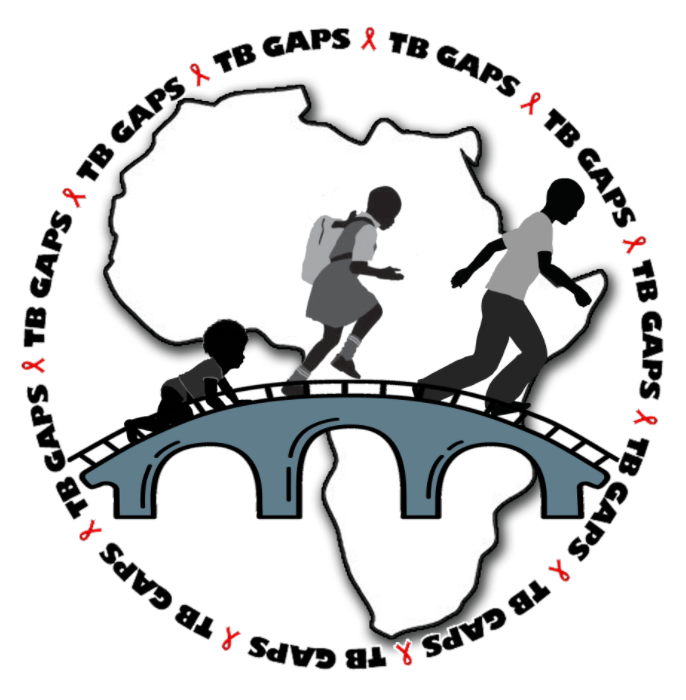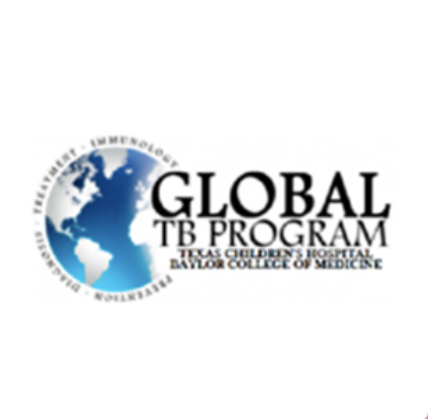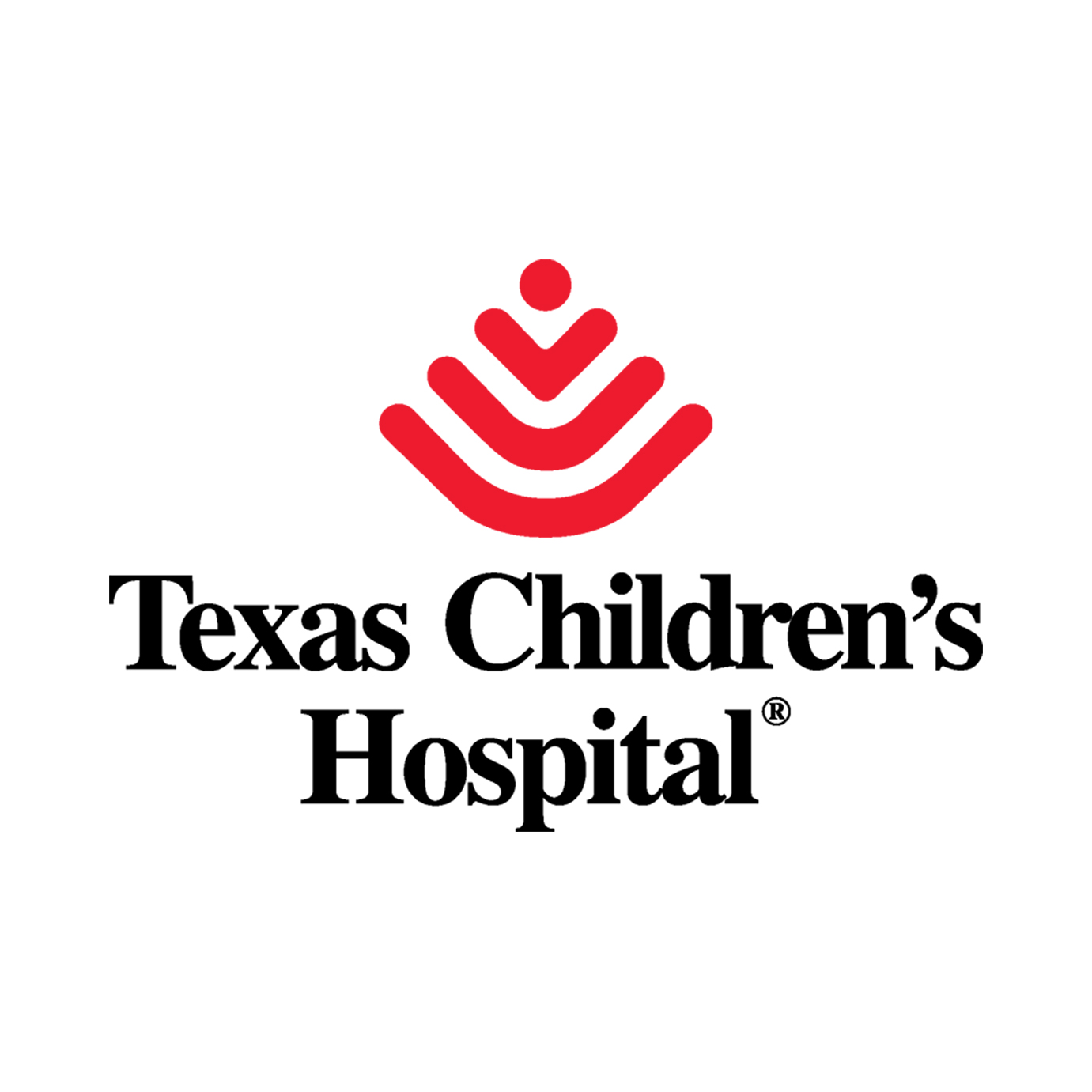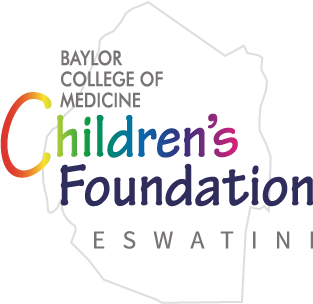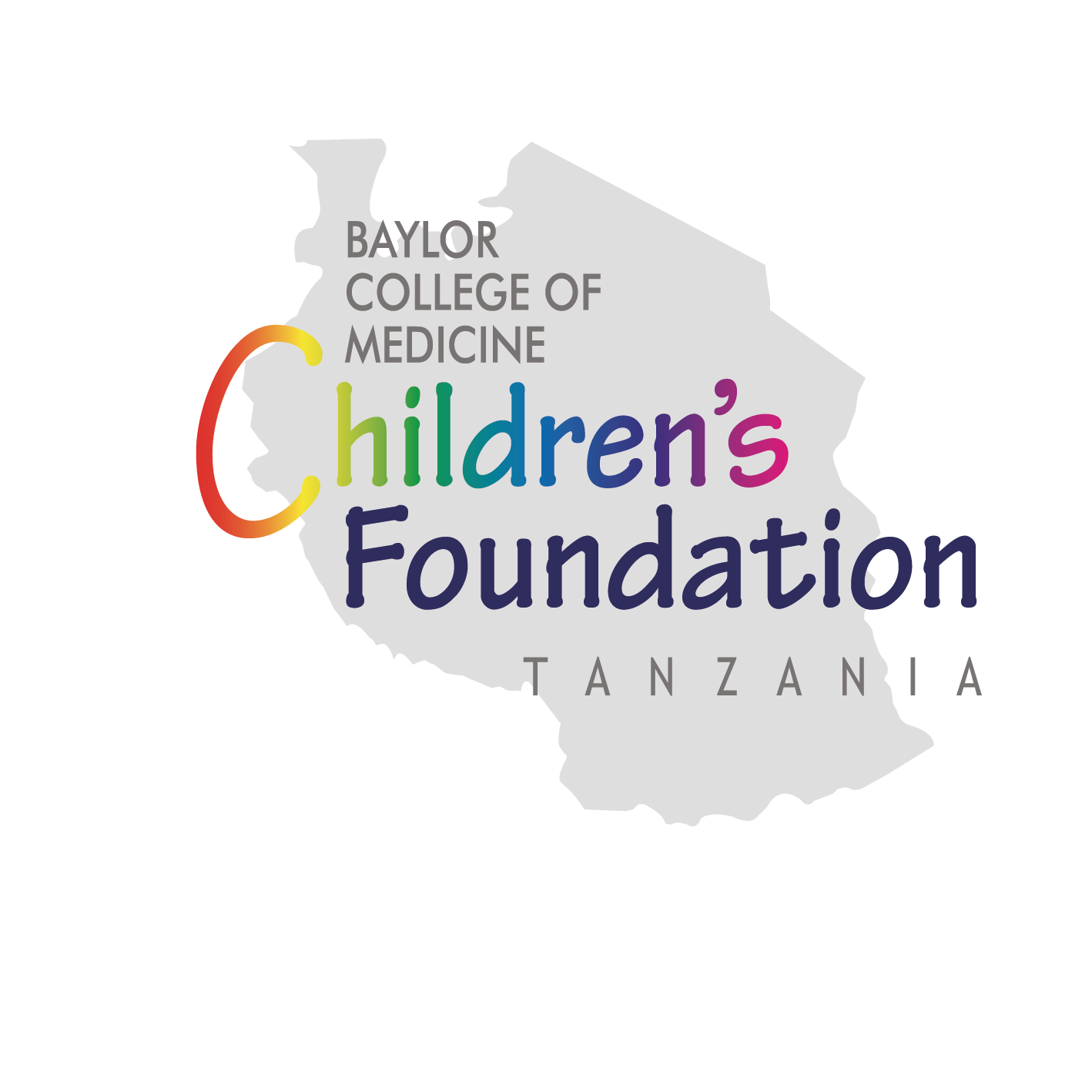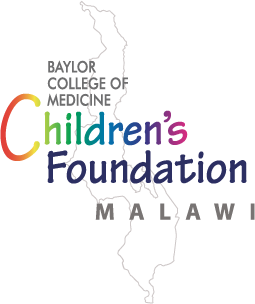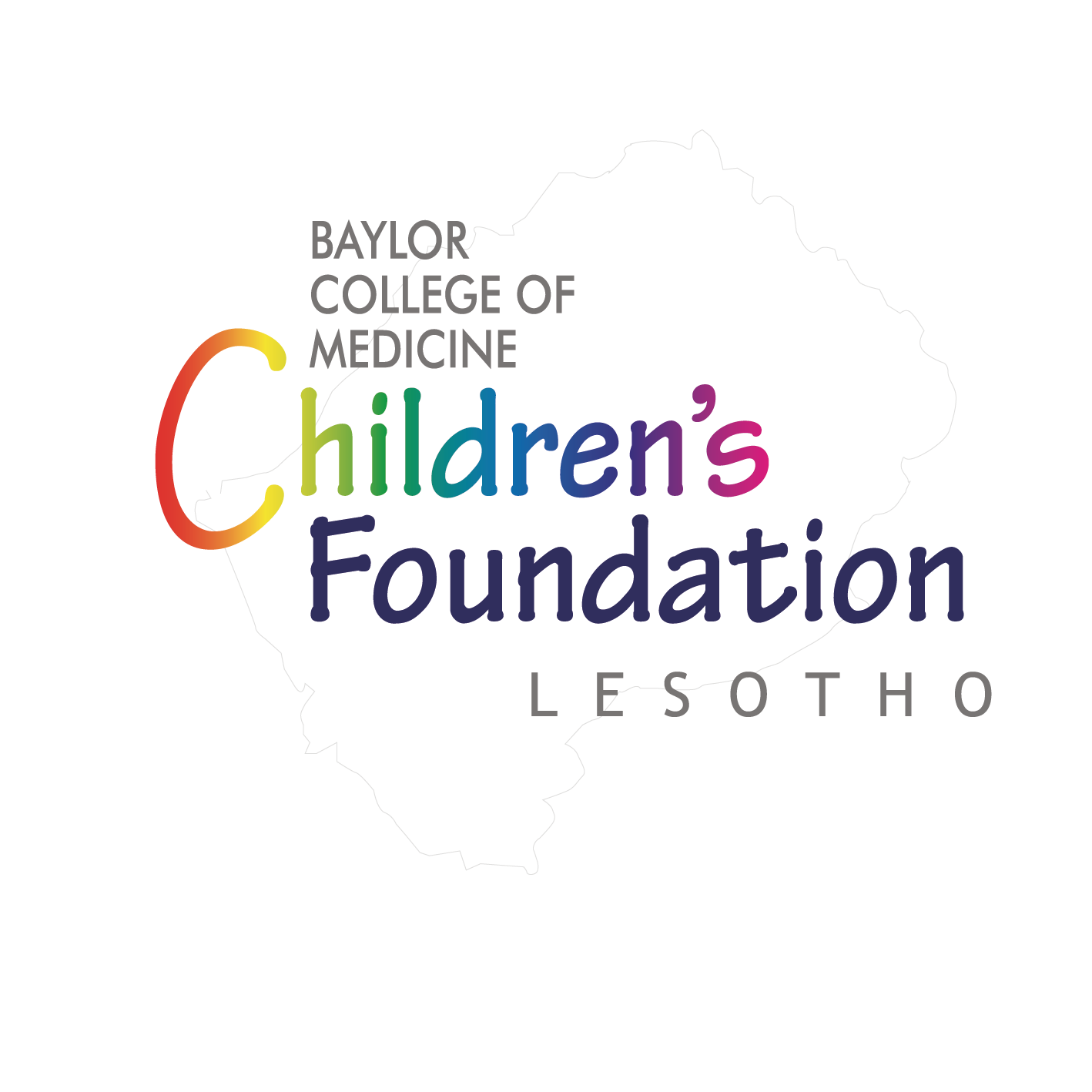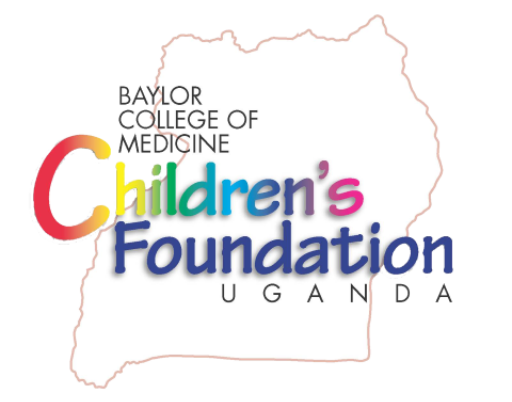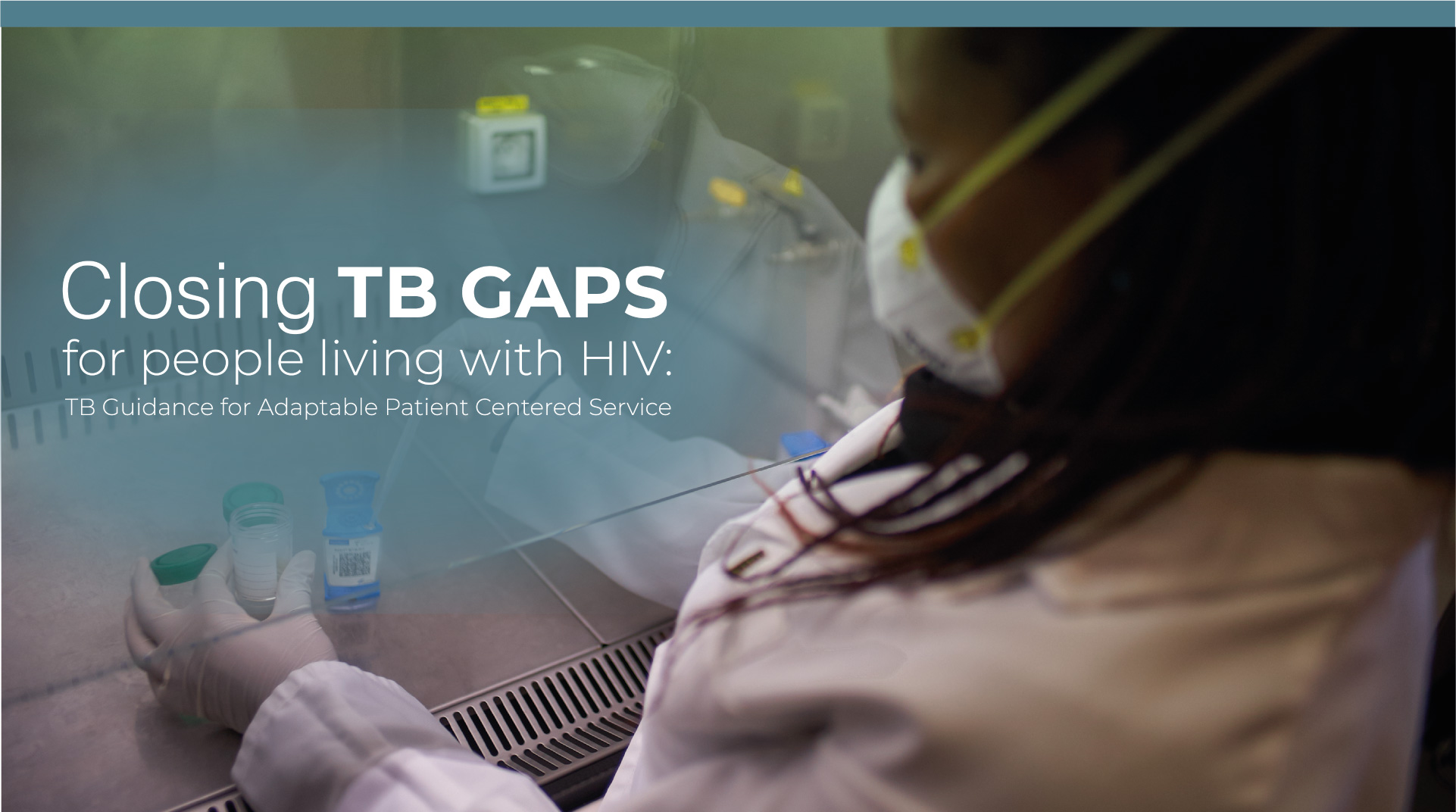
TB GAPS Objectives

With support from the U.S. Centers for Disease Control and Prevention (CDC), Baylor College of Medicine (BCM) and Texas Children’s Hospital (TCH) are implementing a project – the Tuberculosis Guidance for Adaptable Patient-centered Service (TB GAPS) – which aims to find and prevent TB in children and youth. BCM and TCH’s Global TB Program and BCM Children’s Foundation partners will work to determine the most cost-effective prevention strategy and promote best practices to sustain impact. TB GAPS will run from September 2020 through September 2025 in five sub-Saharan African countries (Eswatini, Lesotho, Malawi, Tanzania, and Uganda).
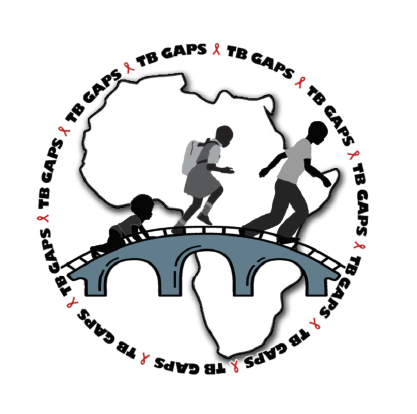
why this project is relevant and important


The World Health Organization (WHO) estimates there are 10 million TB cases worldwide each year including 1.1 million cases among children 0-14 years of age and a similar number of cases among PLHIV.
Recent evidence suggests that each year approximately 640,000 children with TB are not diagnosed or treated. Among those untreated, case fatality rates approach 22% in all children and increase to 44% in children <5 years of age. In 2018, WHO estimated there were 1.5 million TB deaths worldwide, including 251,000 deaths among PLHIV and 205,000 deaths among children, including 32,000 in children and adolescents living with HIV. These epidemiologic realities demand earlier diagnosis and treatment to improve outcomes.
Information of interest


TB GAPS Echo Hub
Download here the instructions to set up your iECHO account
TB GAPS Quarterly Report
Please check back here for our first quarterly report in the first quarter of 2023.
Sponsors and donors

